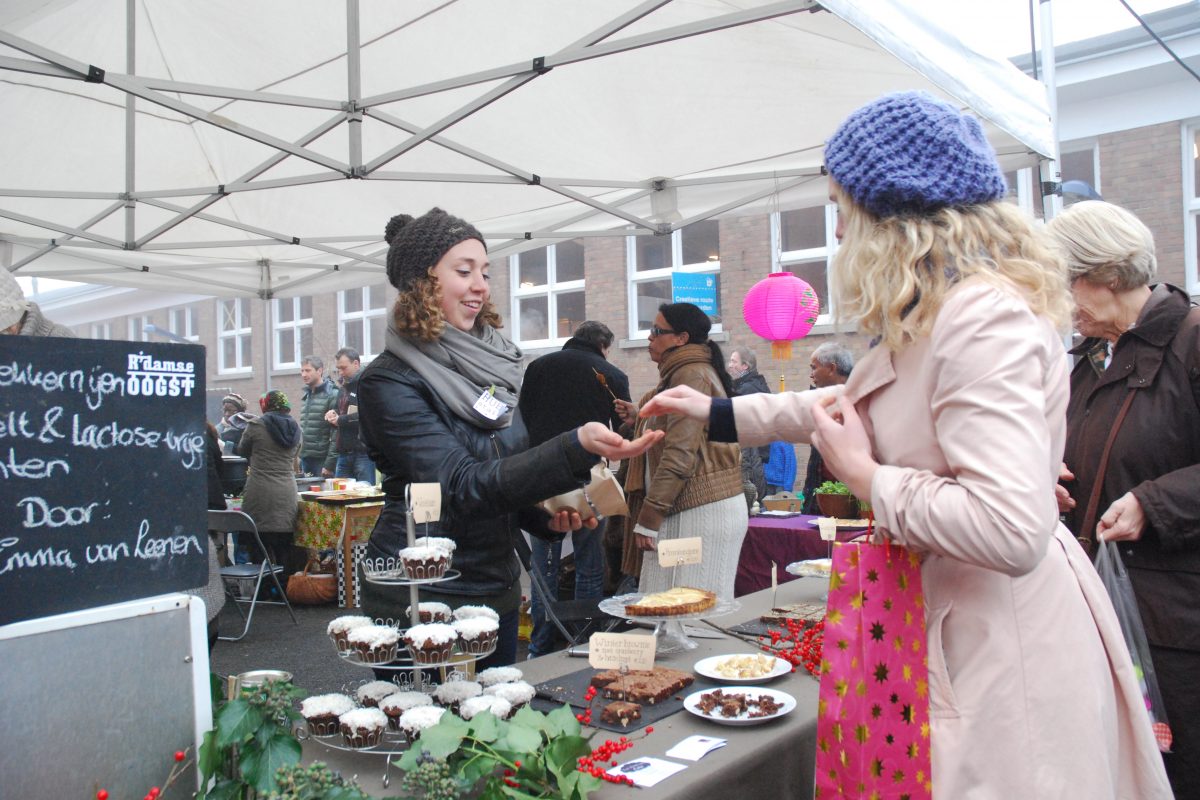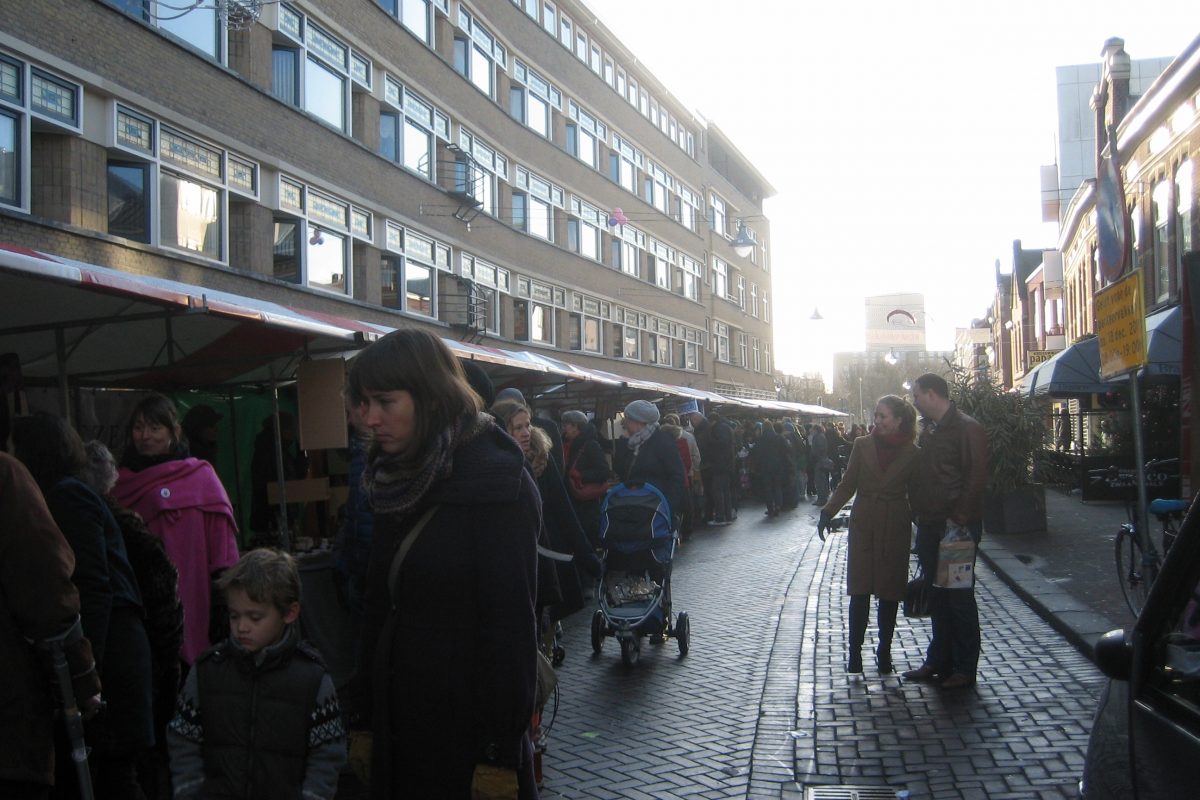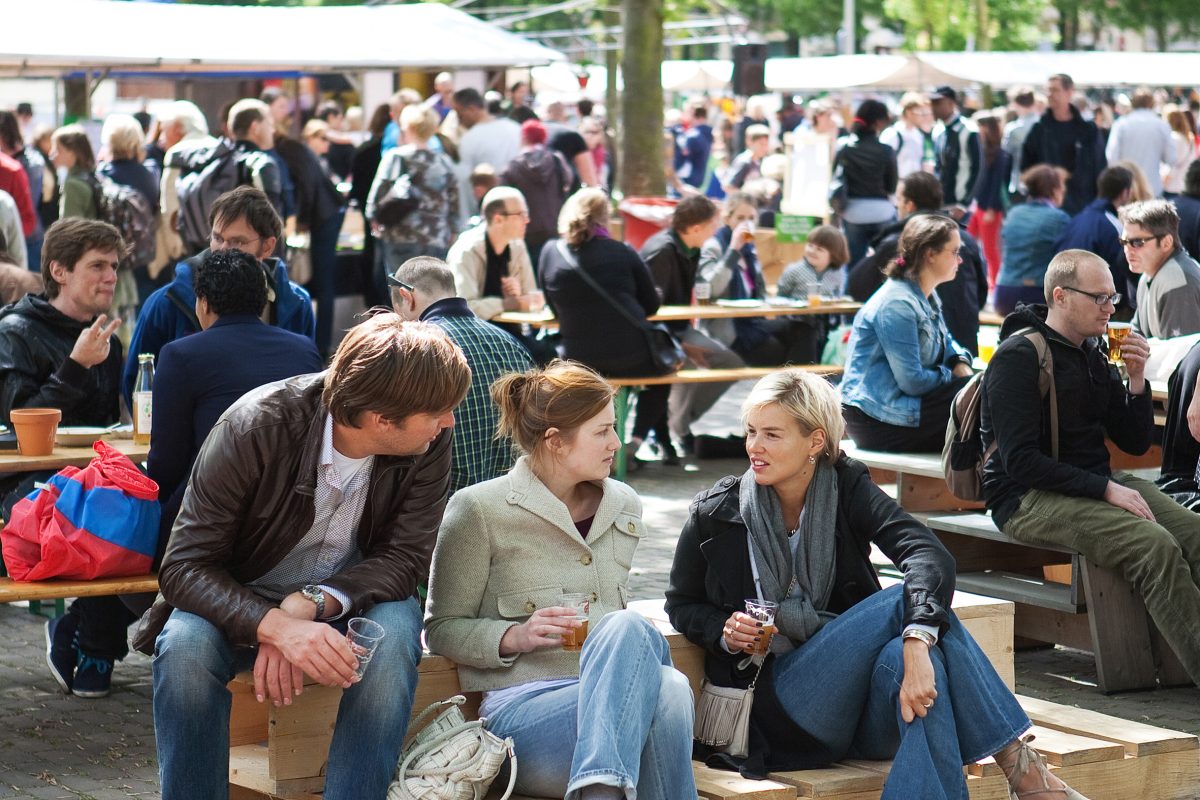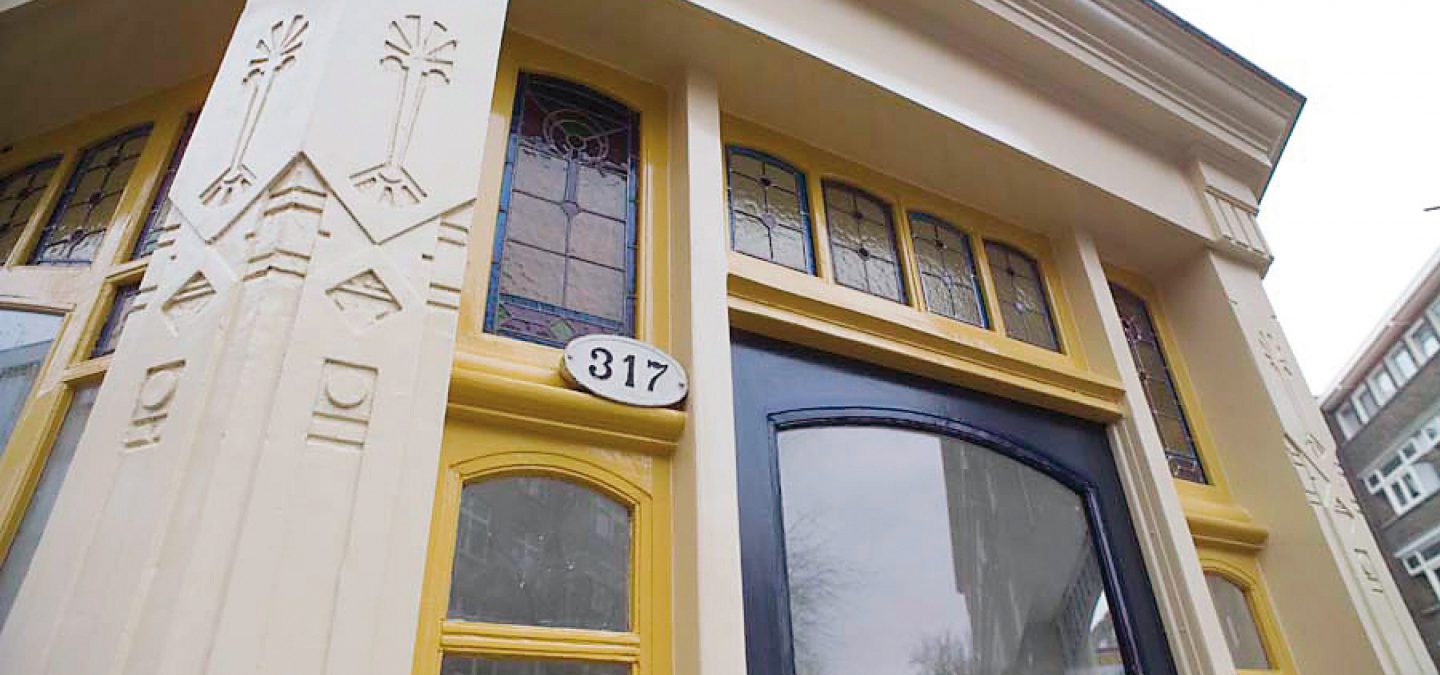
Keep up with our latest news and projects!

The 19th century Oude Noorden (Old North) neighbourhood in Rotterdam is characterized by its authentic architecture and mix of functions of living, working and recreation. The neighbourhood is located about one kilometre north-east from central station and the city centre of Rotterdam. The shopping area around Zwaanshals consists of a few local streets that follow a canal bordering the Oude Noorden and Crooswijk. The Oude Noorden and the Zwaanshals are something like a Jane Jacobs so-beloved lively neighbourhood: beautiful 3-storey brick homes with white ceramic trimming and cobblestone streets. On the other hand poverty, cheap housing, and social problems also persist in this neighbourhood.
In the Oude Noorden, the housing association Havensteder has a dominant position in the district. This is the result of the typical Dutch housing policy, where associations have a signifi can’t role in housing for relatively poor people. In this area it is a conscious strategy to work closely with partners such as the municipality, local bank Rabobank Rotterdam, entrepreneurs, local citizens, and social partners. The parties developed a shared vision on the neighbourhood development; they used an integrated approach to improve the whole neighbourhood where the ‘street economy’ occupies a central position and is a generator for this development.
The first strategy Havensteder used to revive the street economy is to purchase poorly maintained houses from slumlords and renovate them in the old characteristic style, complementary to the other buildings on the street. The second strategy involves: To create an attractive, unique shopping street, we actively recruit entrepreneurs in the branches of food, fashion, and design. And third to attract more visitors and brand the food, fashion & design theme, we program activities and festivals. Together with interventions for public space and (online) communication efforts this leads to a more positive image and quality of life in the Oude Noorden.
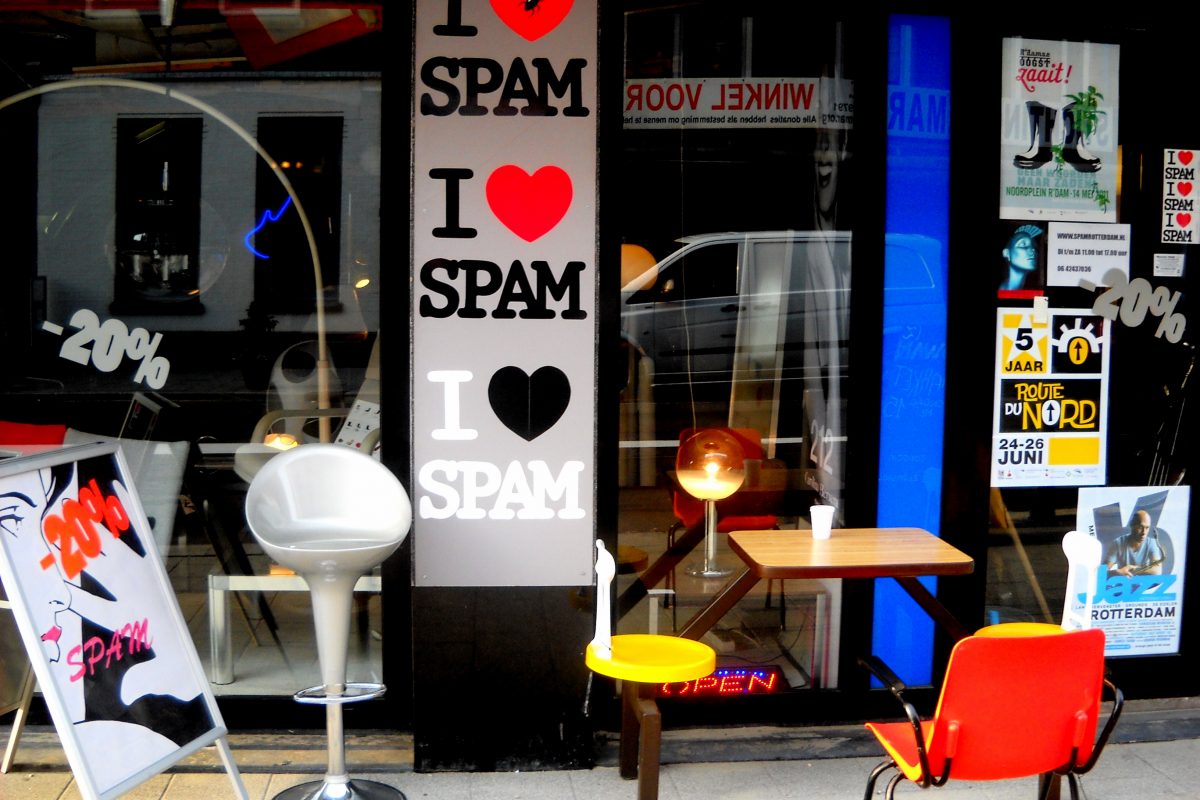
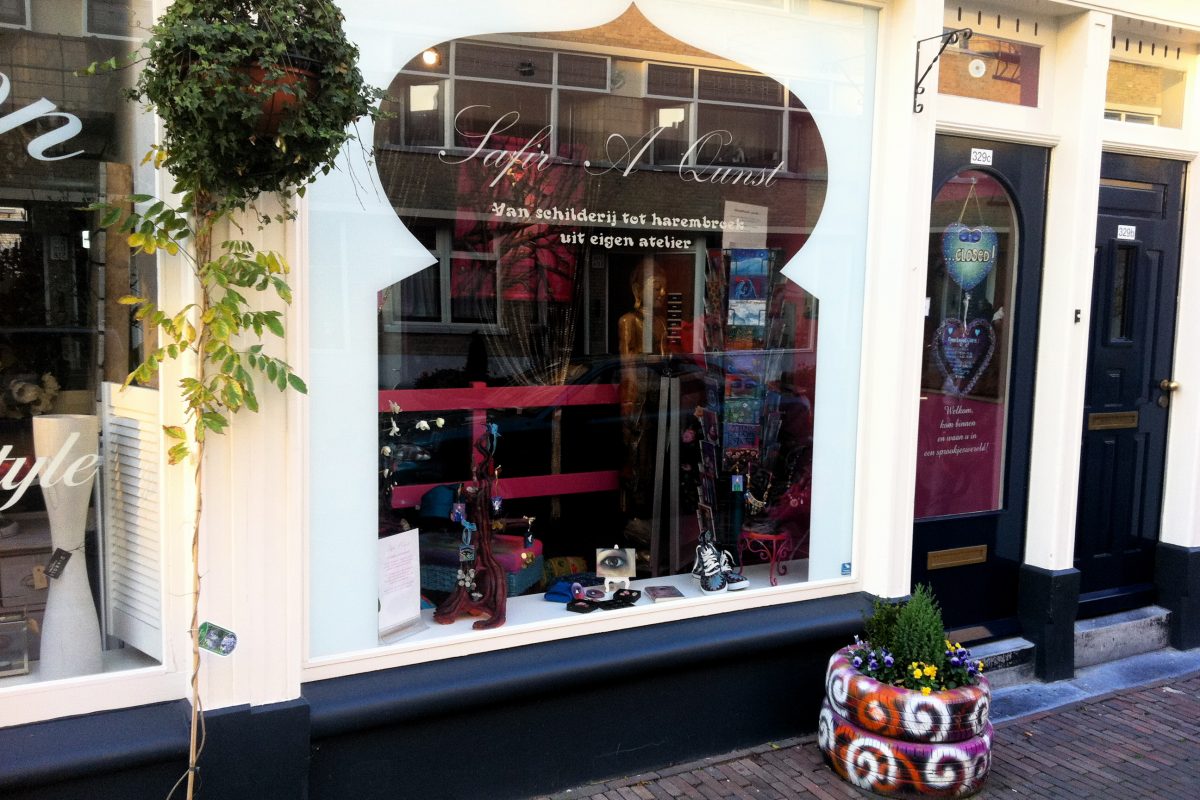
The partners have established a combination of interventions to make the area more attractive. In the first stage Havensteder bought ramshackle houses, evacuated shady businesses, and renovated them to their original state. In the plinths, houses and storerooms were transformed into new retail space in order to improve the shopping route. People can now easily walk around and visit stores in a contiguous manner.
Second, following the identifi ers of the Oude Noorden, entrepreneurs are actively recruited from the branches food, fashion, and design. This theme follows the existing attractive business scheme; the best example is ‘Kookpunt’ a high-end kitchen and appliance store that attracts visitors from all over the region. We hired a special shopping street agent to attract new businesses in the food, fashion, and design theme. The restaurants in Oude Noorden are now listed on the top 10 of restaurant ranking website Iens.nl. Now the Zwaanshals has a fine mix of authentic ethnic shops, small supermarkets, bakeries, unique design and fashion stores, cafés, and restaurants. Together with the programming of food markets, festivals and cultural activities, the quality and the image of the district is improving.
The partners are also improving Zwaanshals’ public space by focusing on the quality of life and the vibrancy with relatively simple interventions: terraces were created by converting parking spaces, a walking path along the river was made, flowers and trees were planted, and empty windows of existing entrepreneurs were refurnished.
It is the combination of physical, socio-economic, and cultural interventions that makes the approach work. The commitment to the strategy and the partnership with the municipality has helped to achieve the improvements in public space. Most of the festivals and activities were co-funded by the partners. The food, fashion, and design theme is part of the existing identity and therefore fits the neighbourhood well. The physical investments in the plinths and buildings, financed by Havensteder, will most definitely pay themselves back in the current operation of rents.
The result of this approach is that a broader public now finds the Oude Noorden; it is a destination to shop and linger and is now on the mental map of the Rotterdam people. This has paved the way for a piece of differentiation of the housing and gentrifi cation of the neighbourhood.
